1、 Curing method
1. Temperature: the most suitable temperature for its growth is actually between 15 and 25 degrees. However, it has good adaptability to temperature and strong resistance to extreme climate. For example, it can endure a low temperature of minus 40 degrees in winter. Therefore, there is generally no need for special adjustment in winter. But don't be sultry in summer
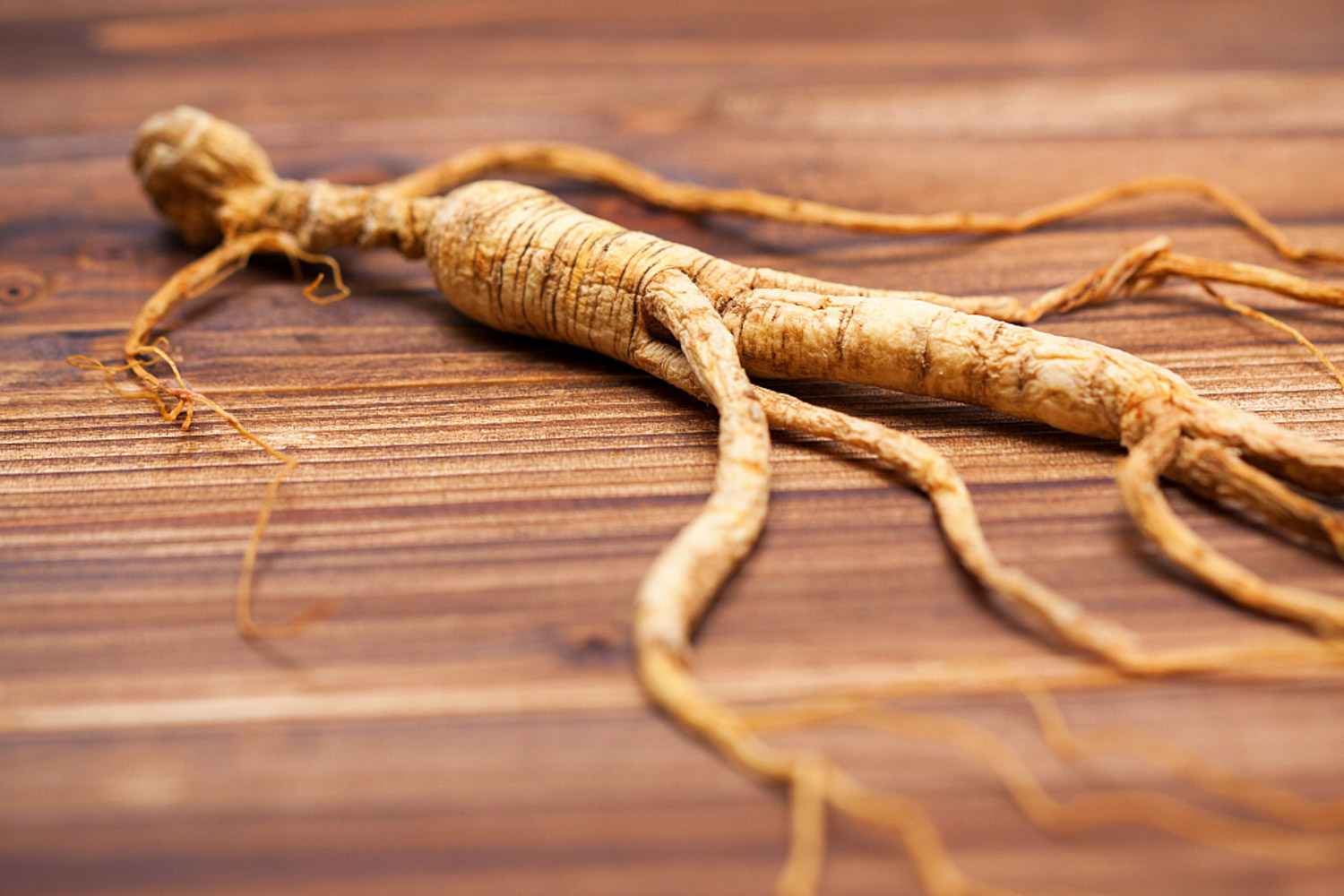
2. Light: Ginseng doesn't like strong light, preferably scattered or oblique light. If its growth environment is very dark, its growth will be very weak and affect its quality. However, in summer, it is necessary to shade slightly to avoid direct and strong light
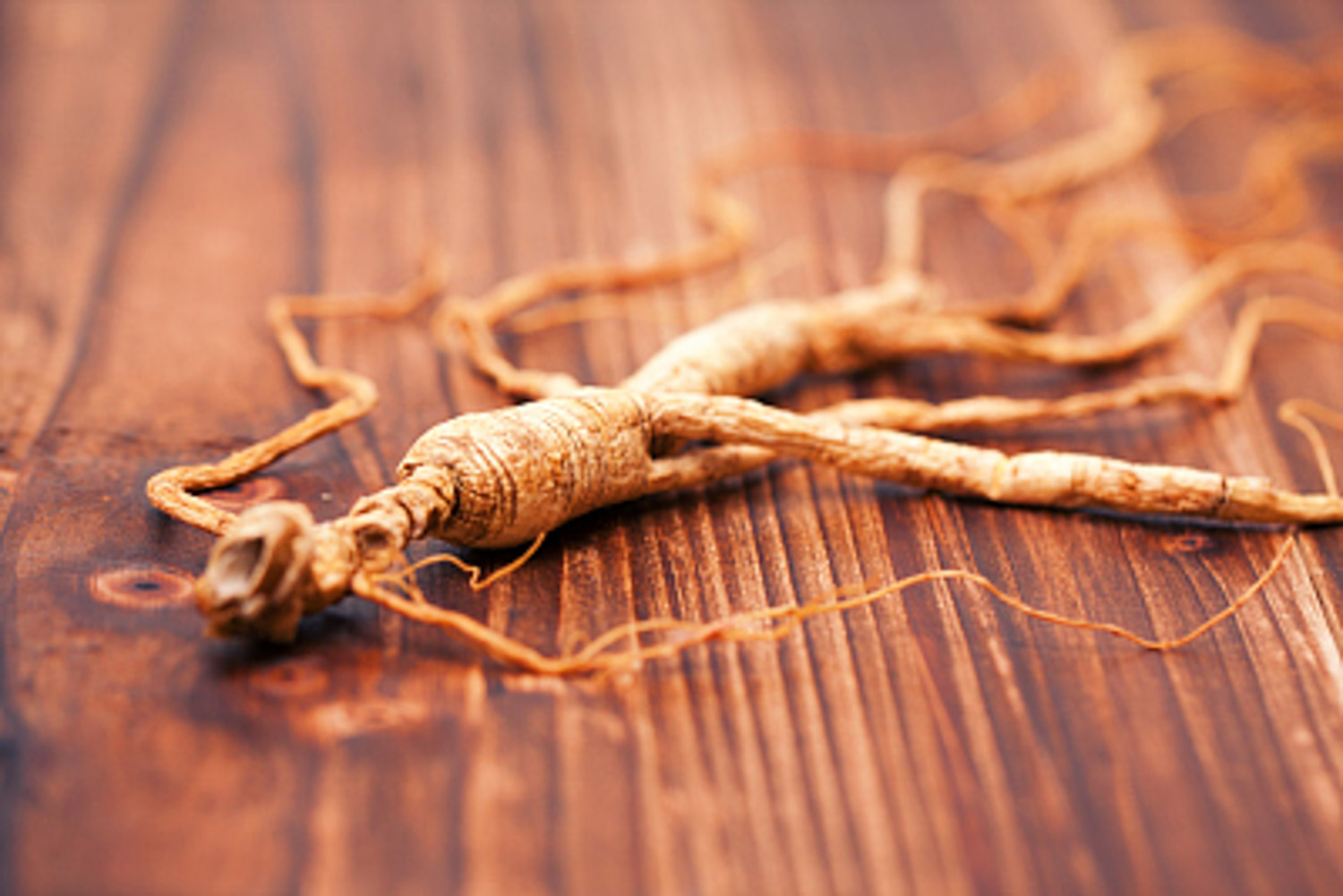
3. Watering: Ginseng likes to be wet, but too much ponding is not good. In other words, in the dry season, it is necessary to replenish water in time and don't make the soil too dry. When it is rainy, what needs to be done is just the opposite, and the waterlogging should be drained in time
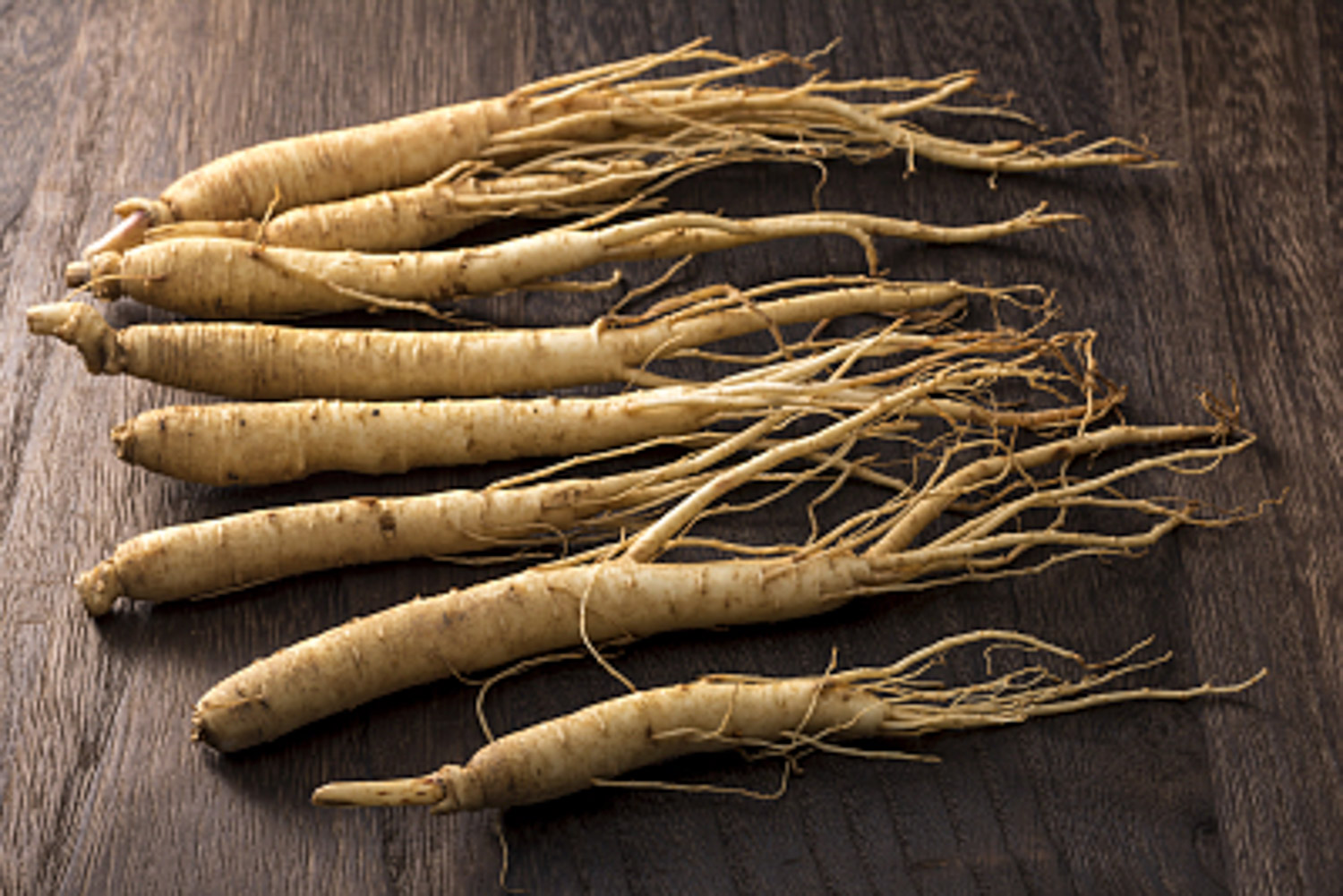
4. Fertilization: firstly, select the soil with much humus, such as humus soil, sandy loam, etc. After that, the required fertilizer is not too much, depending on the specific situation
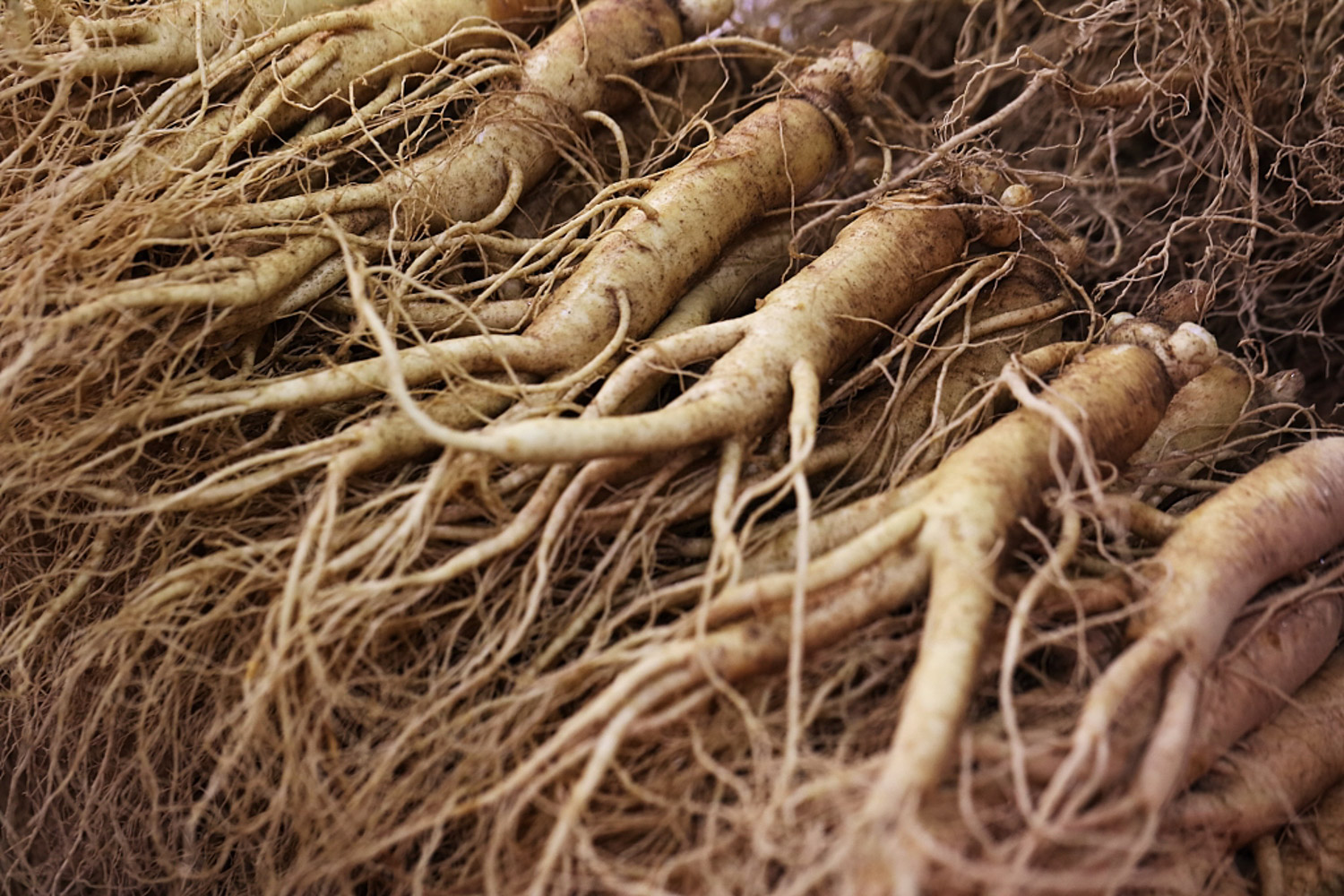
2、 Breeding skills
1. Reproduction: sowing method can be used, which is the most important way of production. March or April in spring is more appropriate, and it is best to do it in the greenhouse. Generally speaking, there are many ways of "live broadcasting". Its seeds are relatively small. Before sowing, the soil must be intensively cultivated and a sufficient amount of base fertilizer must be added. Generally speaking, the seedlings can emerge in about ten days
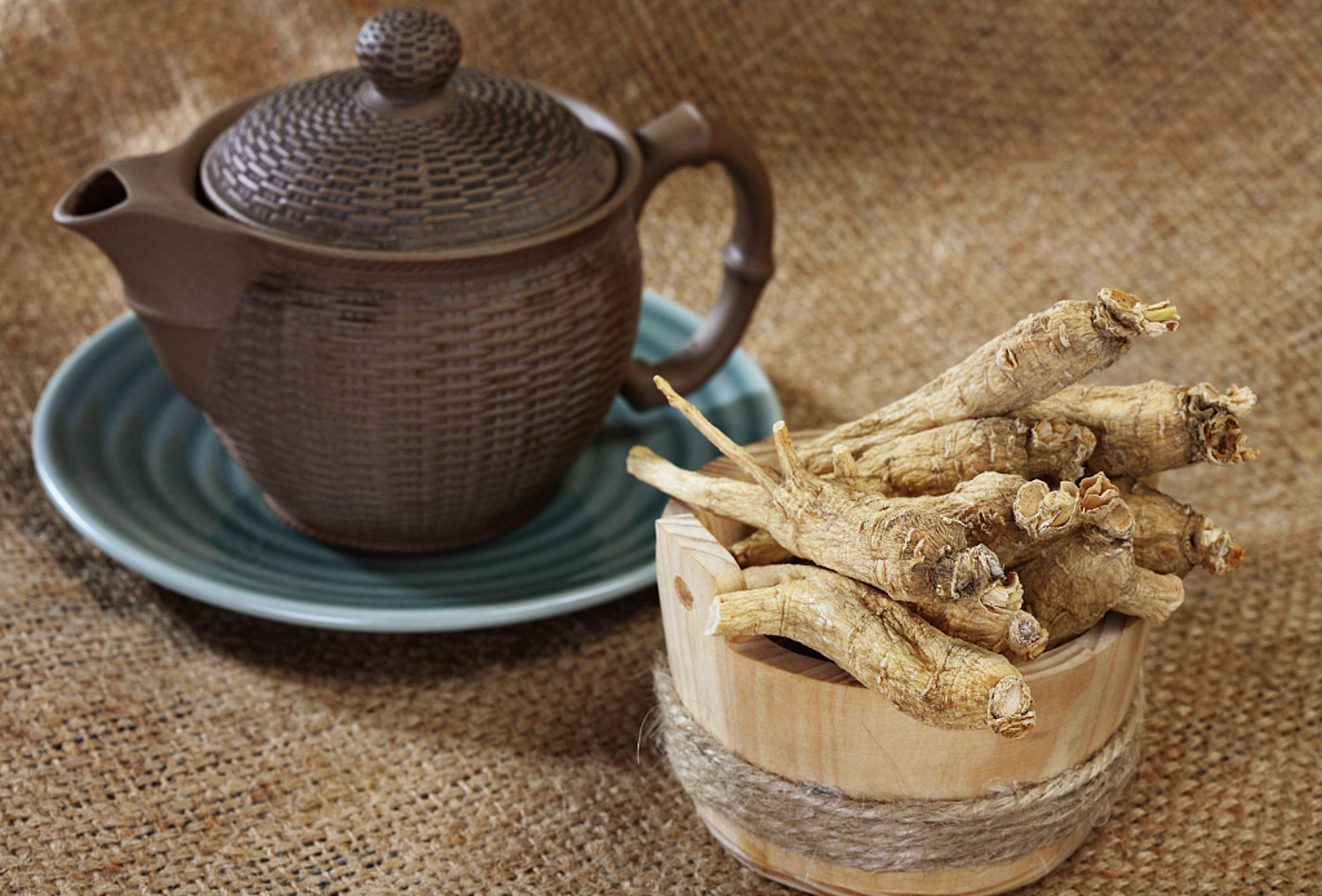
2. Weeding: weeding the surrounding weeds is a very important step in the maintenance of ginseng. Generally speaking, you have to weed three to five times a year. In addition, loosen the soil during weeding
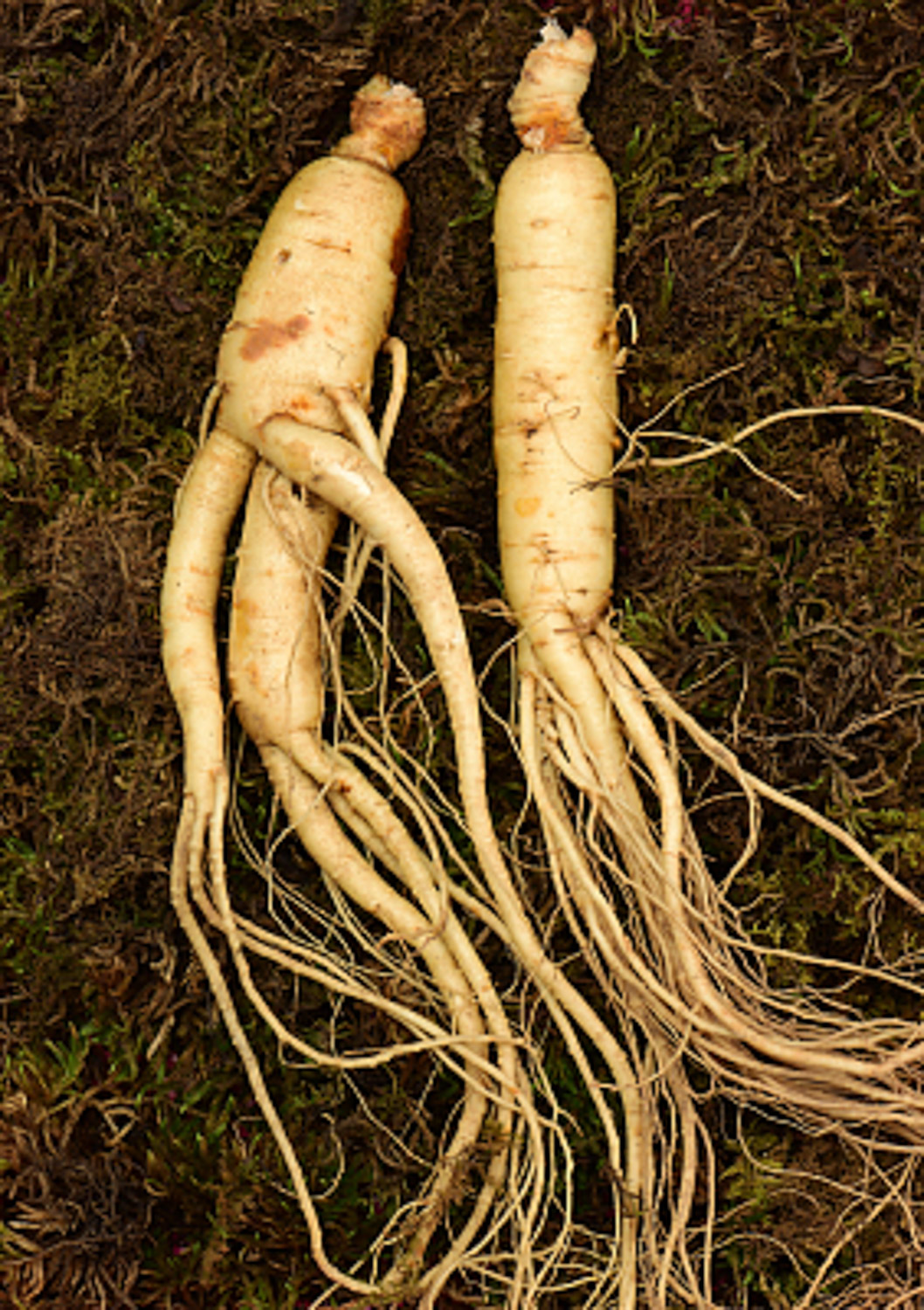
3、 Diagnosis and treatment problems
1. Disease: there may be "Sclerotinia Disease", which is common before the soil is frozen to the seedling. Carbendazim can be used to control it, pay attention to the control of humidity, and disinfect the soil. Then there is the "bacterial wilt", which is easy to occur in front of the temple and can be prevented and treated with amoxicillin
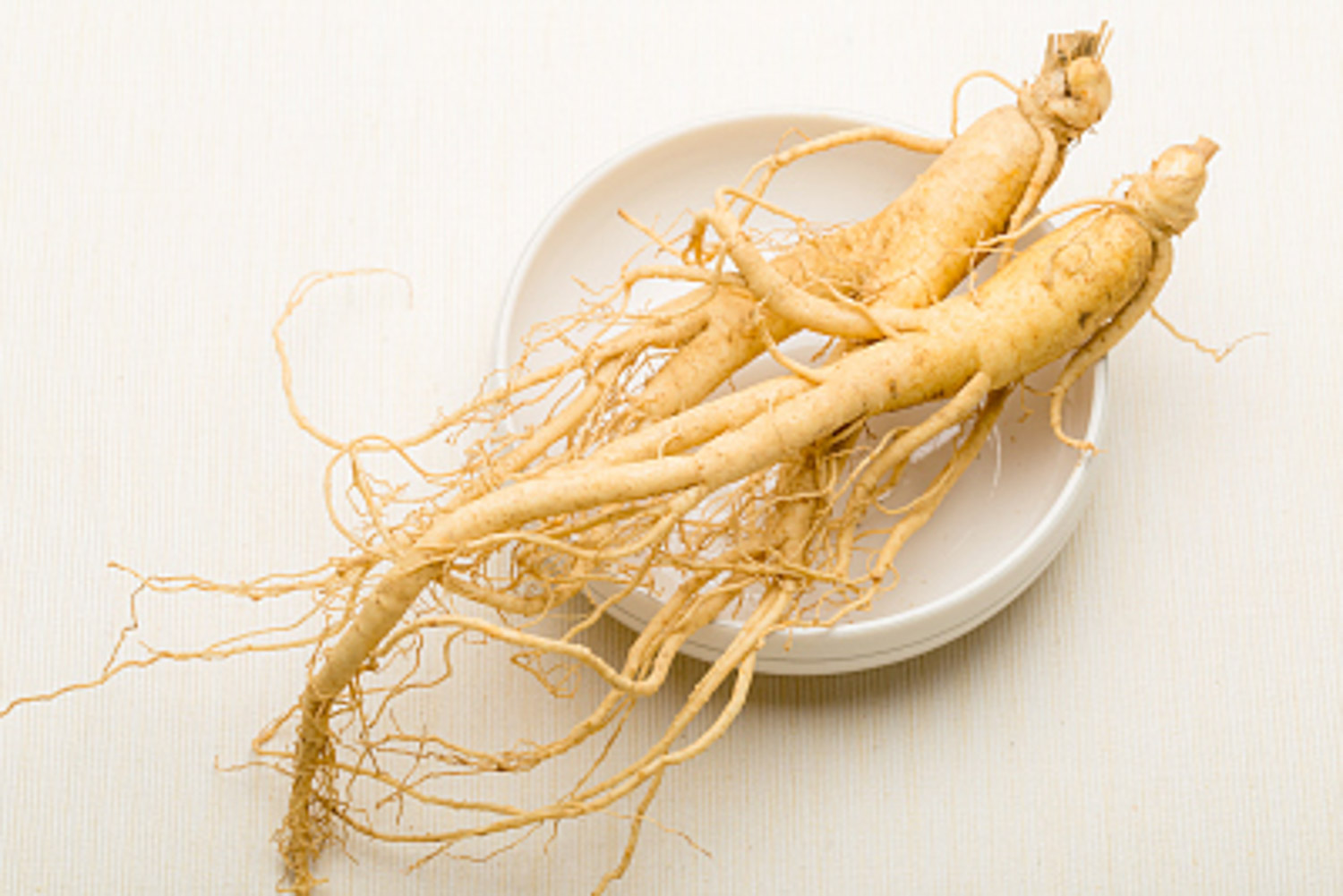
2. Insect pests: there are many kinds, such as "ground tiger", "grub", "mole cricket", etc., which can be eliminated with poison bait
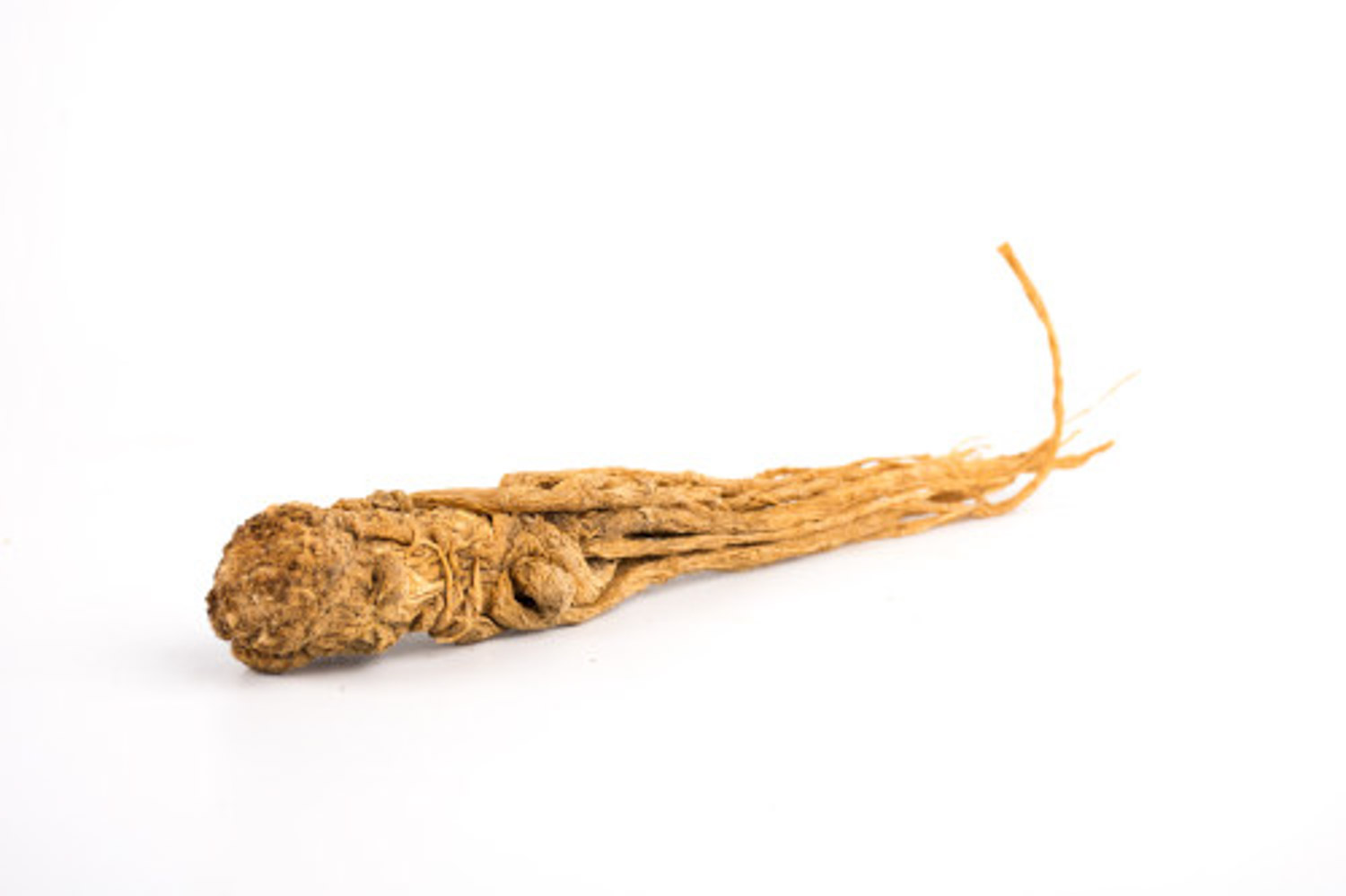
4、 Other issues
1. Toxicity: ginseng is non-toxic and has medicinal value
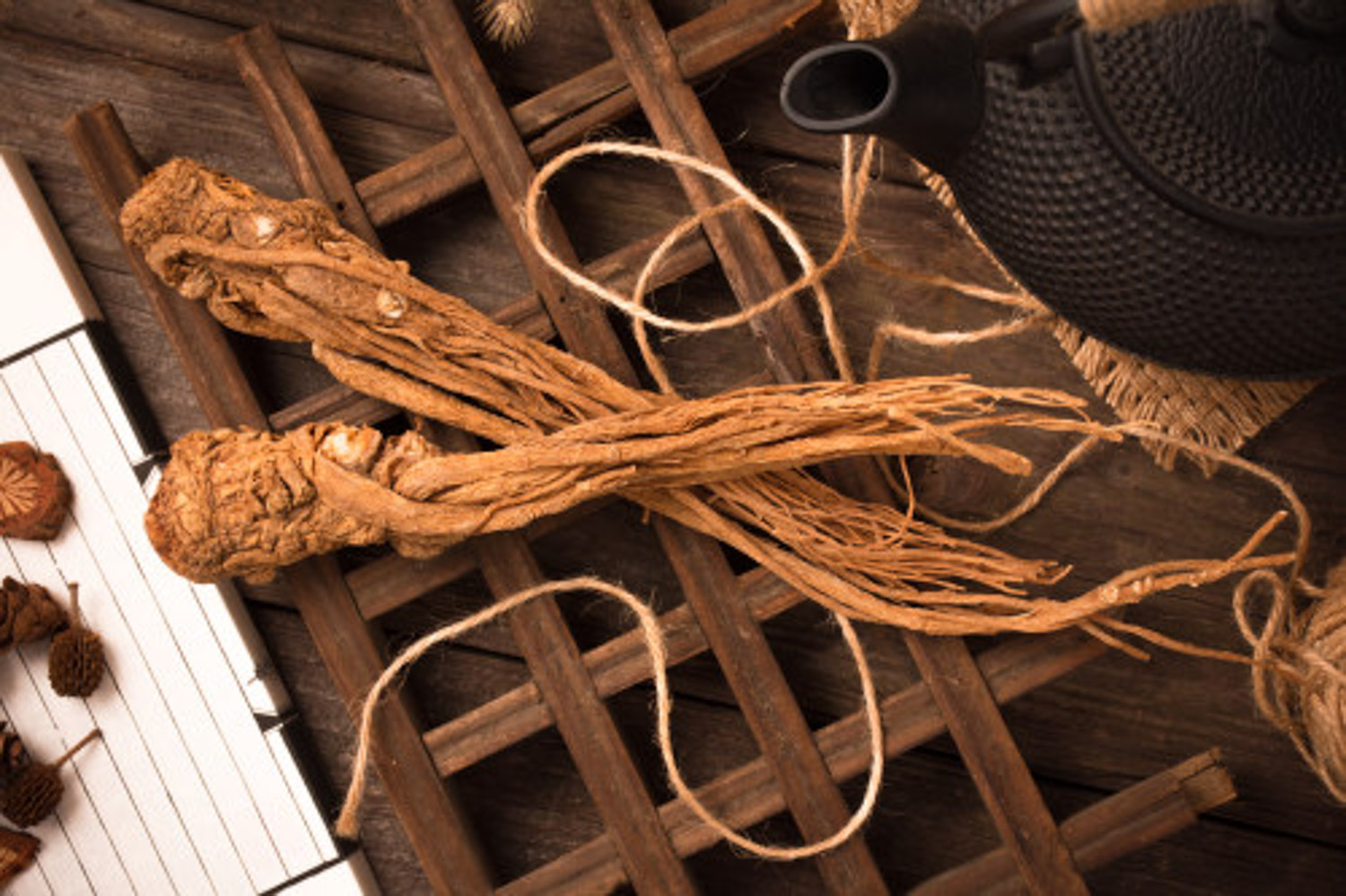
2. Whether it can be raised at home: ginseng is generally planted in a large area and will not be planted alone at home
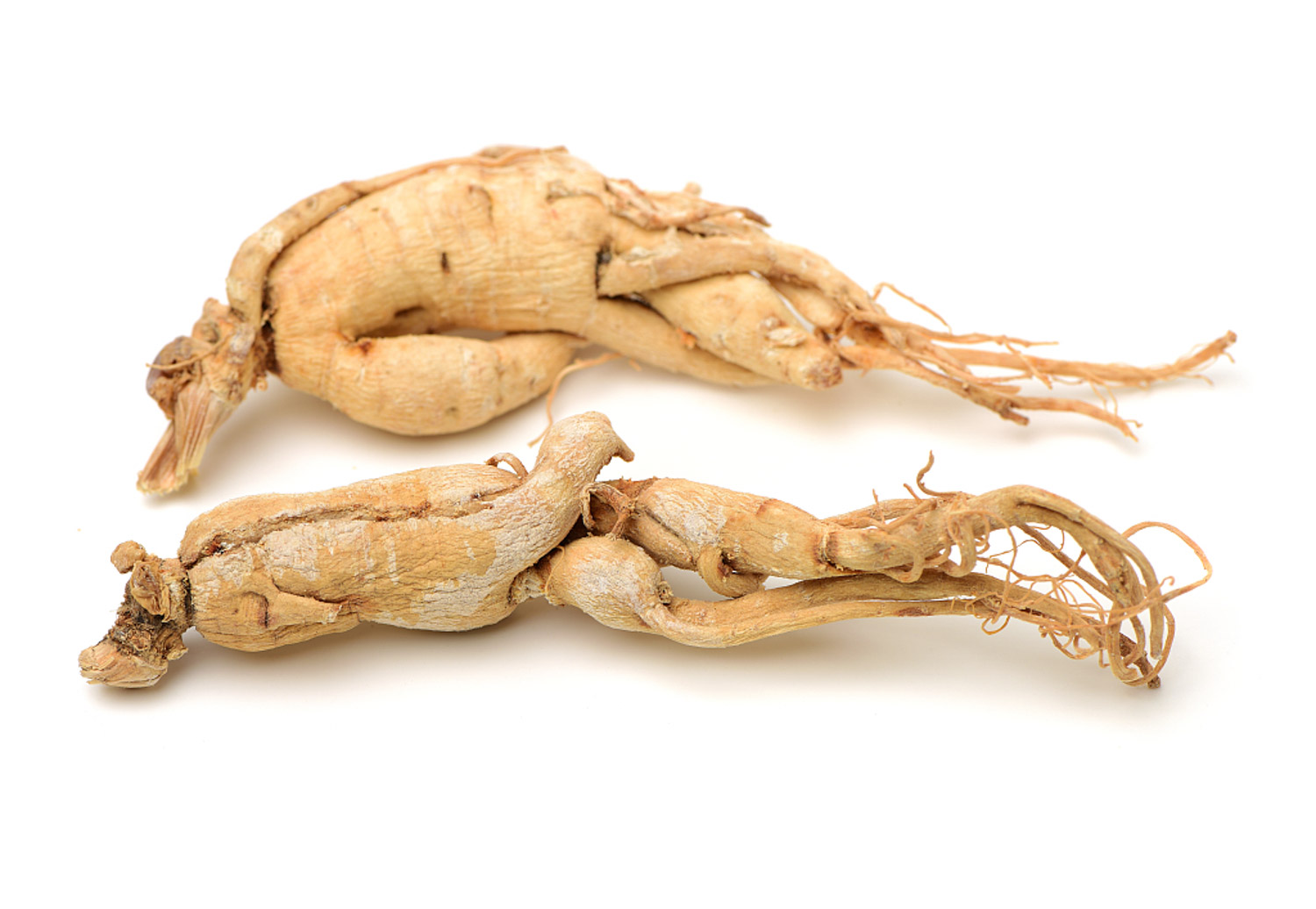

 jackfruit
jackfruit snake plant
snake plant hibiscus
hibiscus hydrangea
hydrangea lavender
lavender Green roses climb al...
Green roses climb al... If you don't pay att...
If you don't pay att... Management of four g...
Management of four g...

































